It’s been a very busy couple of weeks since the Leica M3 found its way to me. So much so that I’ve only managed to squeeze a single roll through it so far; I almost feel as if I’m doing it an injustice. Still, a roll is a roll, and the results have landed…
I decided it would be a nice idea to shoot the whole of the first roll with the Leica M3 (or at least the large majority of it) with my 50mm f/1.5 Summarit – a lens that’s contemporary to the M3. It’s a funny lens the Summarit, great in many circumstances, but certainly not an all purpose lens to my mind. For day time/well lit shooting – i.e. stopped down past around f2.8 – it’s sharp and tonally quite nice with its slightly muted and soft tones. But when shot wide open it can be a little trickier to work with, especially under artificial light which tends to get rendered in wildly more yellow tones than you might expect (edit. see comments). And that’s before you have taken into account its bokeh, how it transitions to out of focus and ability to turn even the slightest of differences in tone into a glowing edge.
Obviously it’s my intention to write a review about both this camera and this lens at some point – so I won’t get into too much detail now. Except to say that I am definitely happy with M3 (I’ve had the summarit for years). But for a few little niggles, the experience so far has been a very positive one … …
So anyway, here are a few shots from the first roll – A roll of Kodak UltraMax 400 – a film that I’ve not shot before.
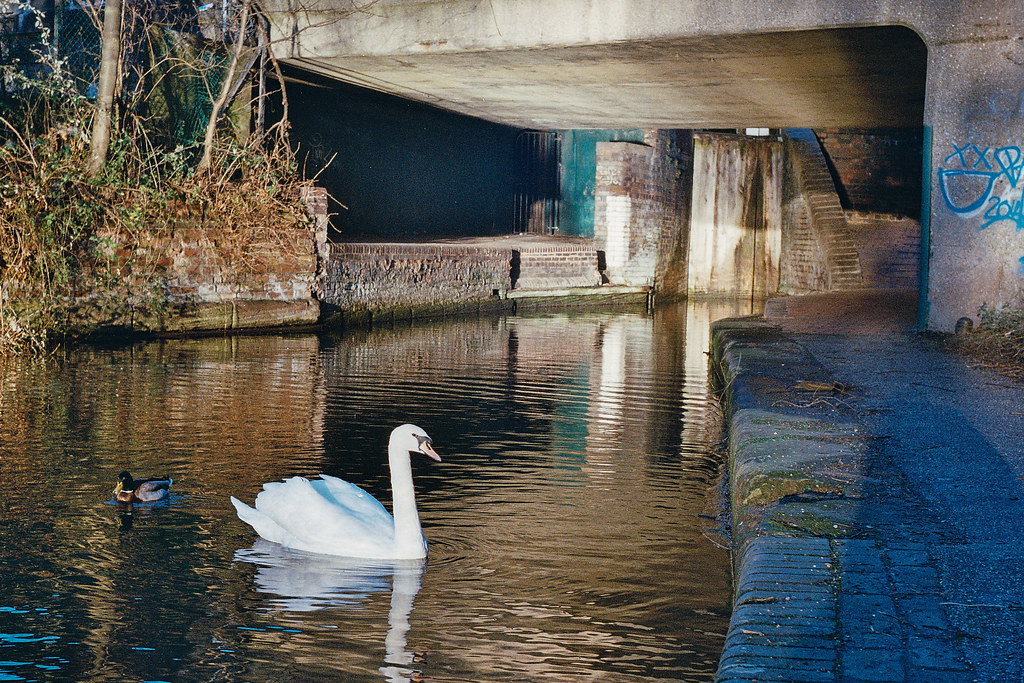
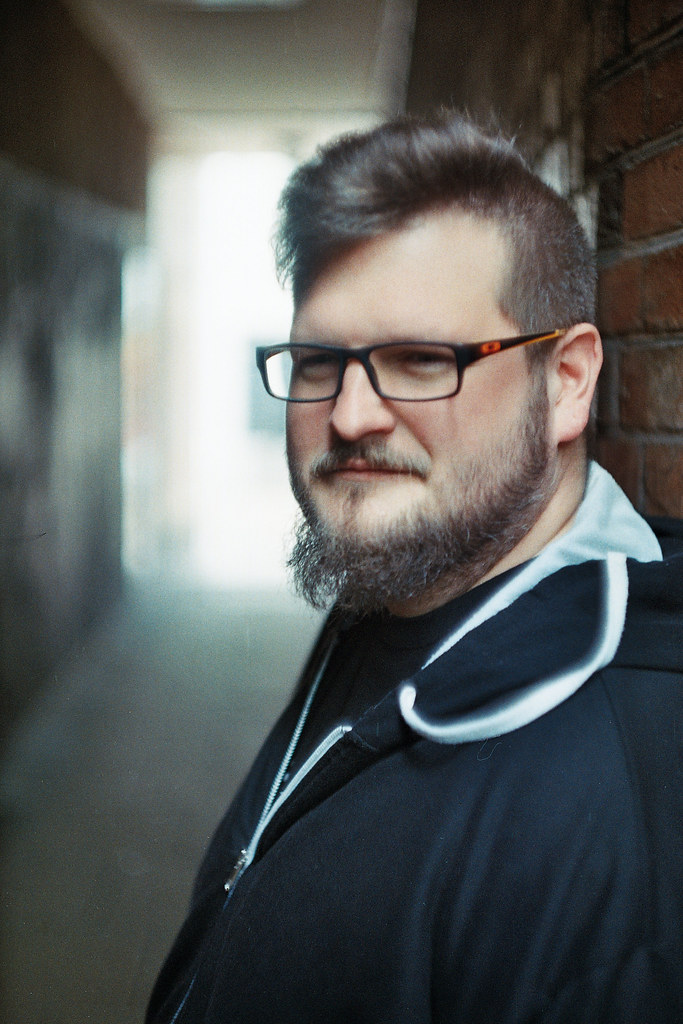
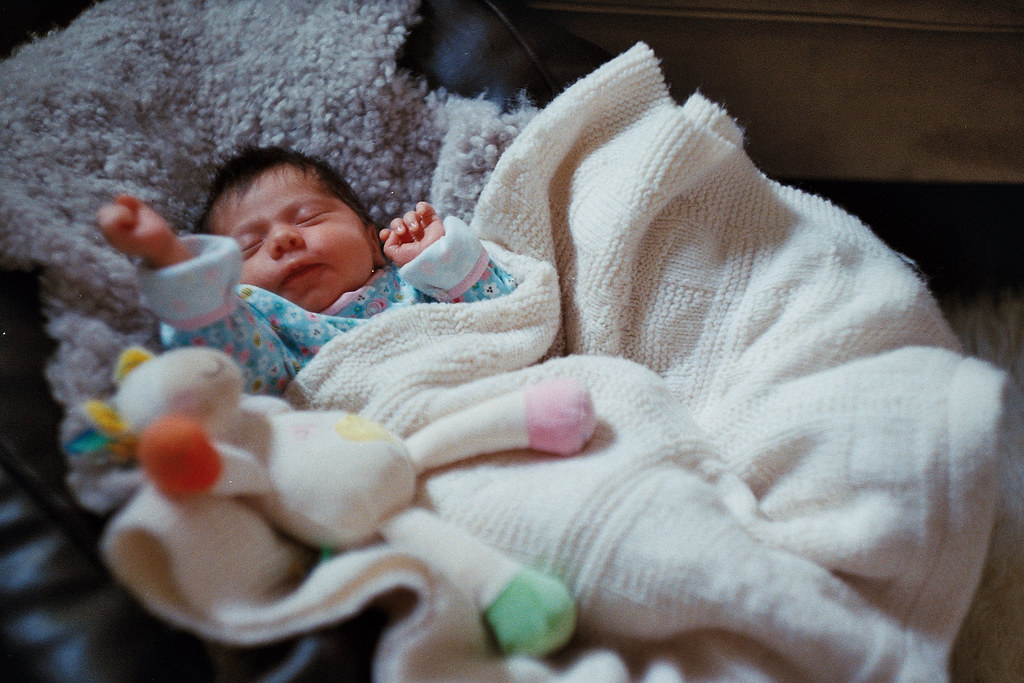

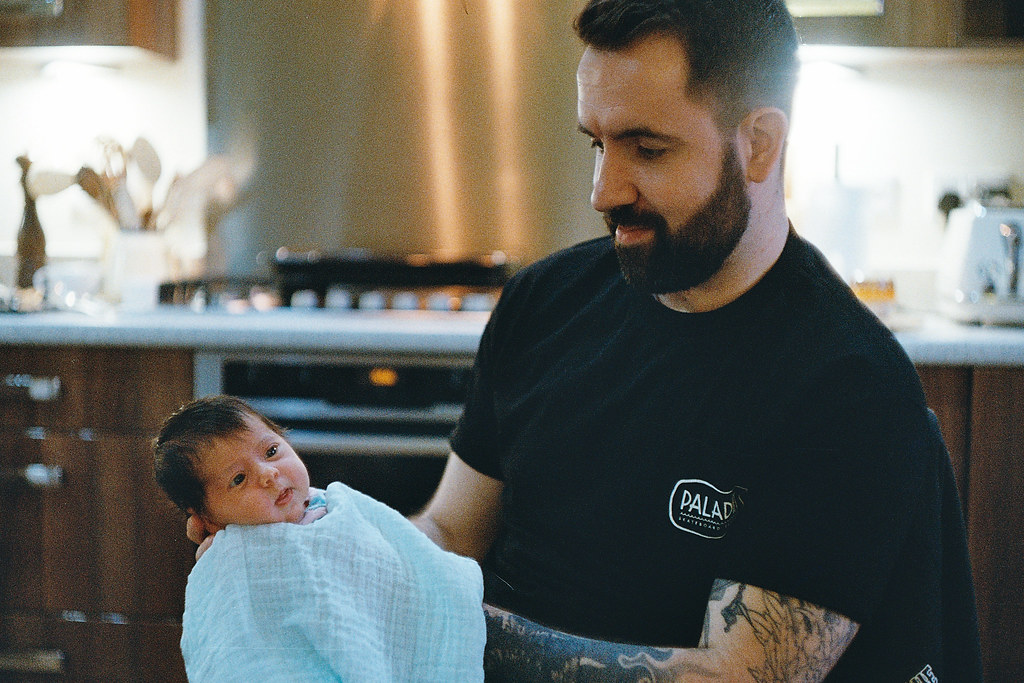
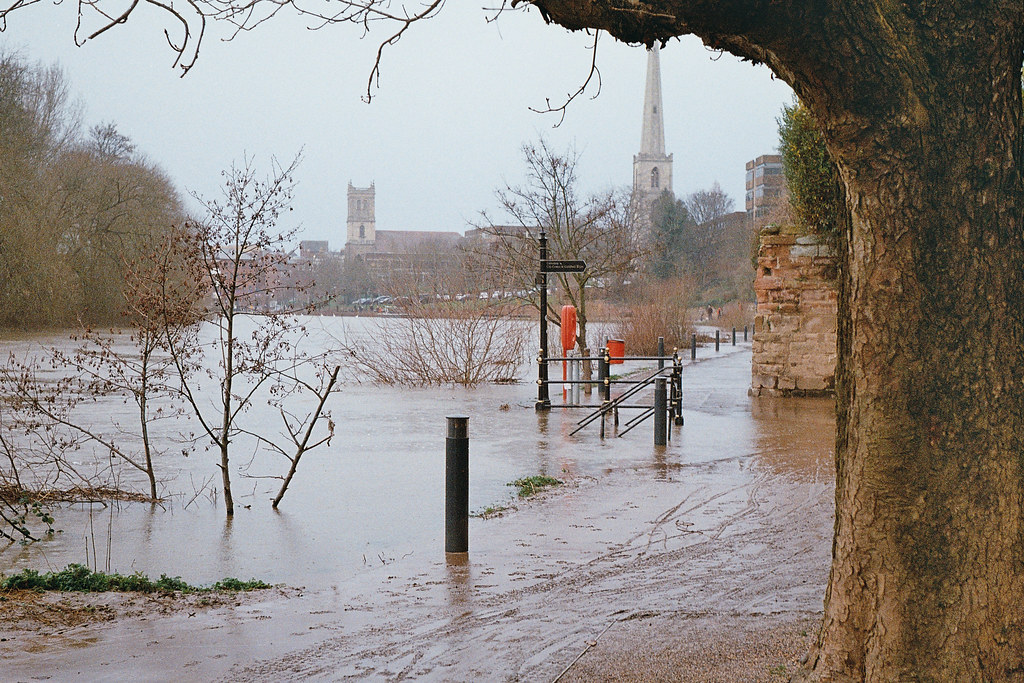
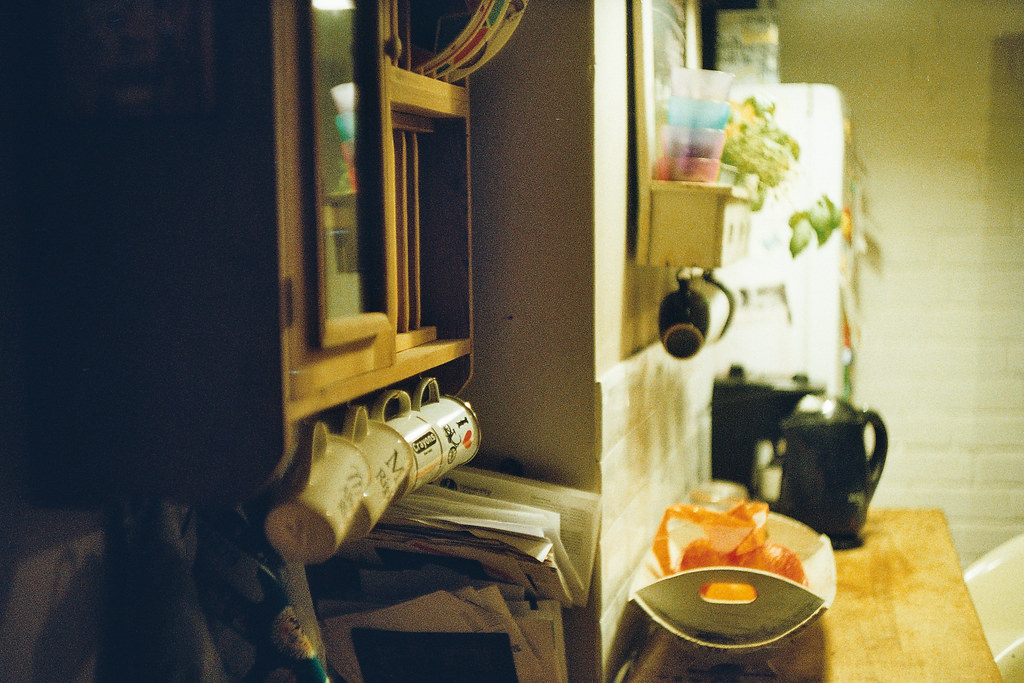
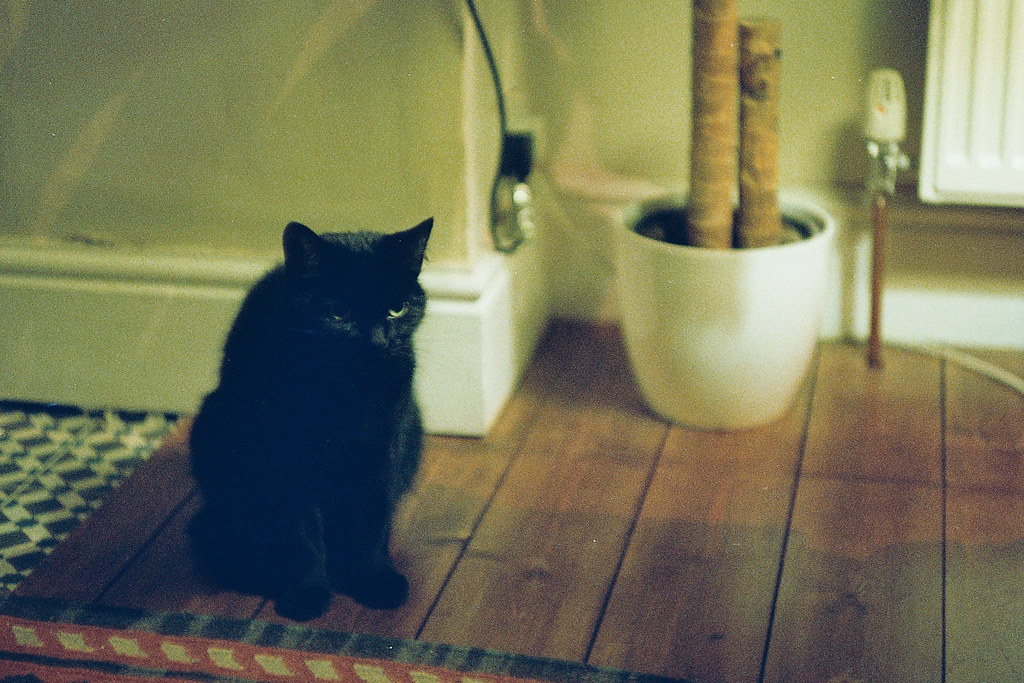
Plenty more from this camera in due course, but hope you enjoy these first few shots even half as much as I enjoyed taking them!
Cheers for reading!
Hamish
Share this post:
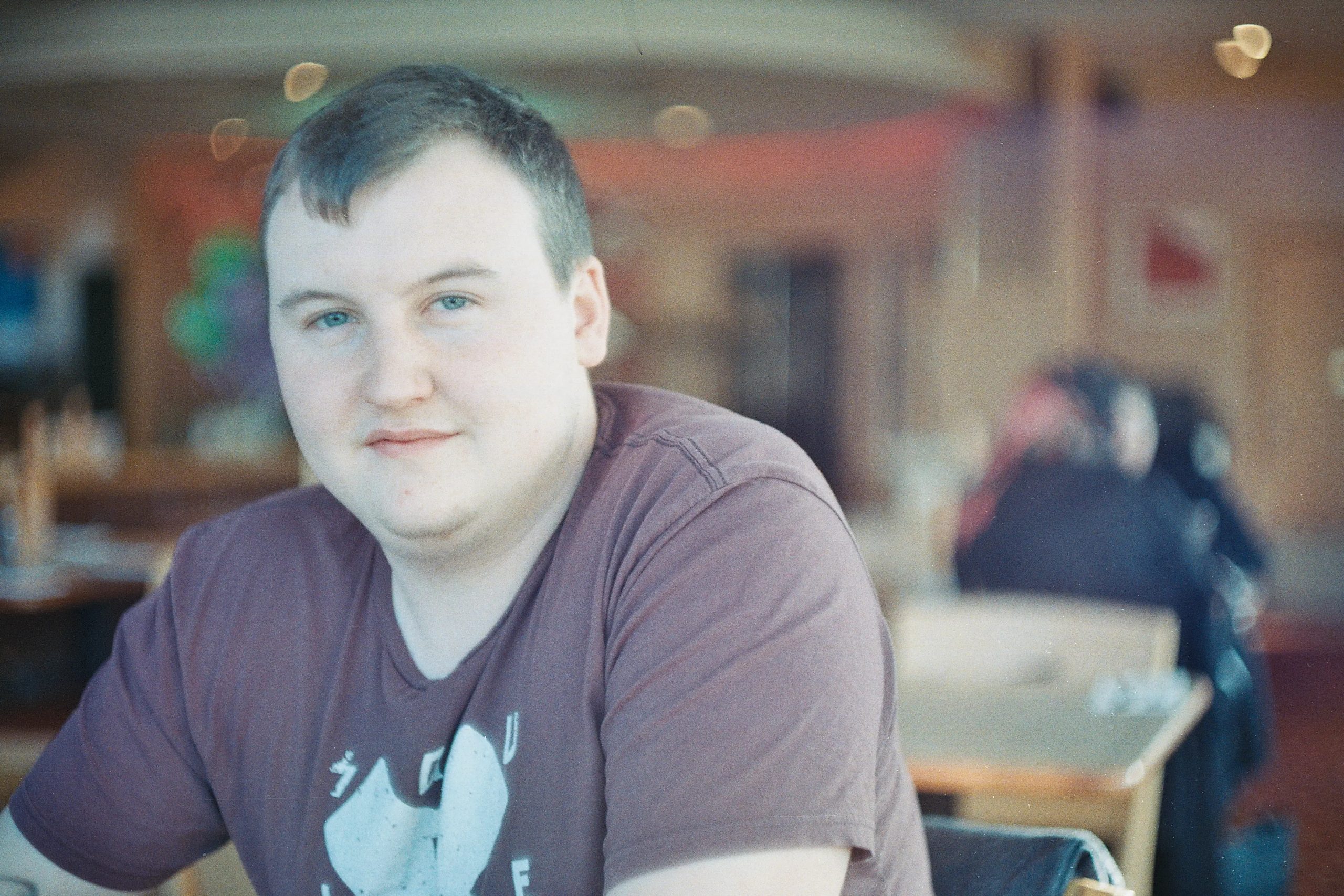
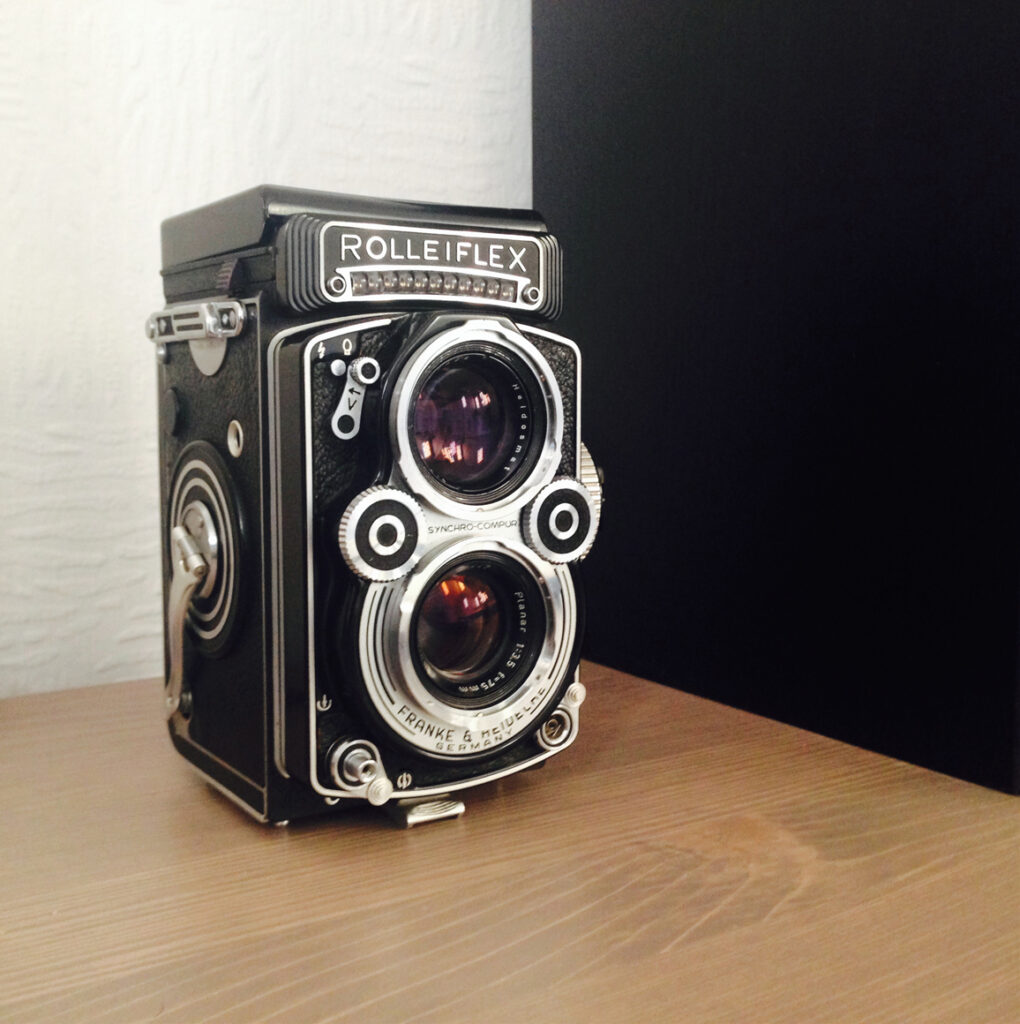
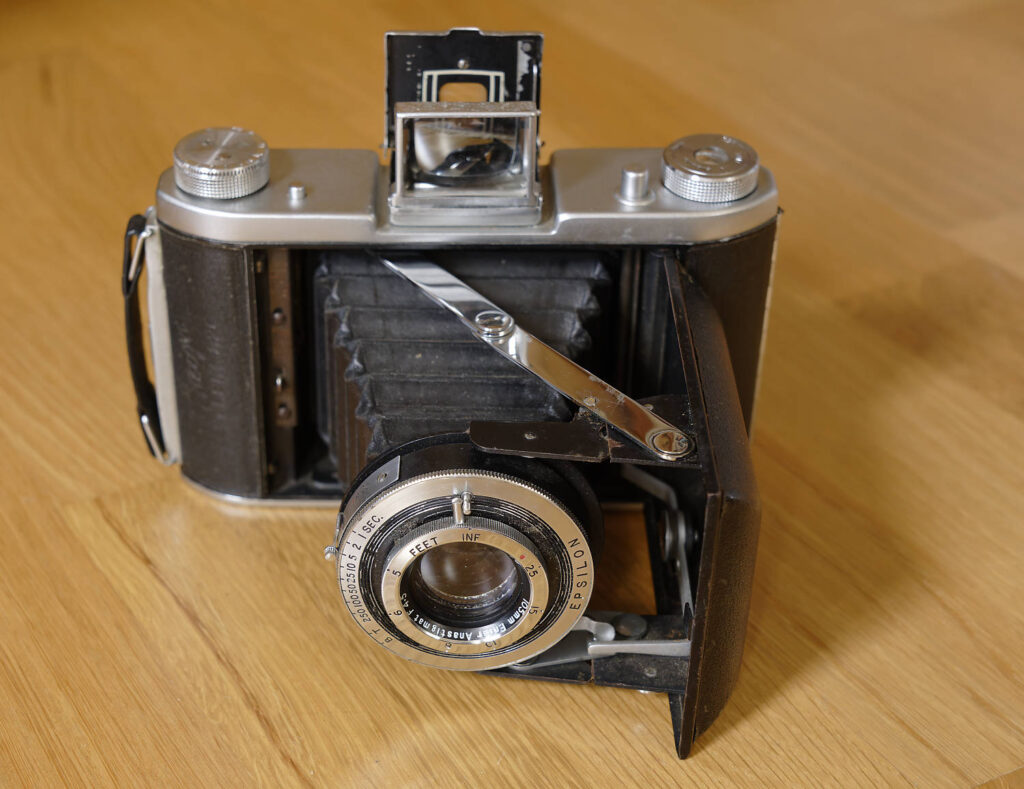
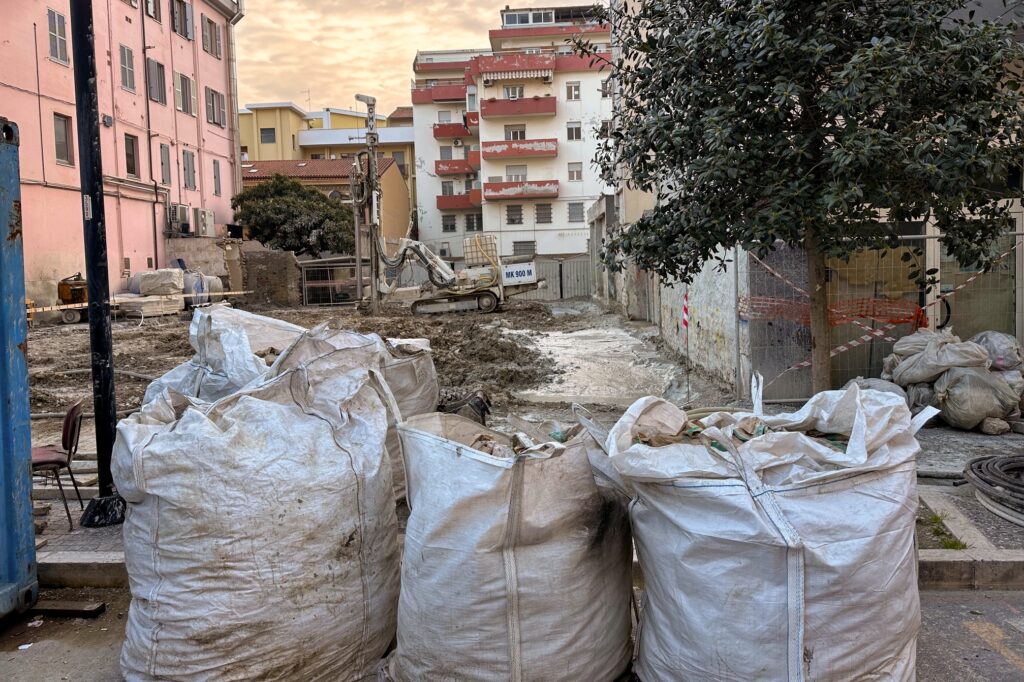
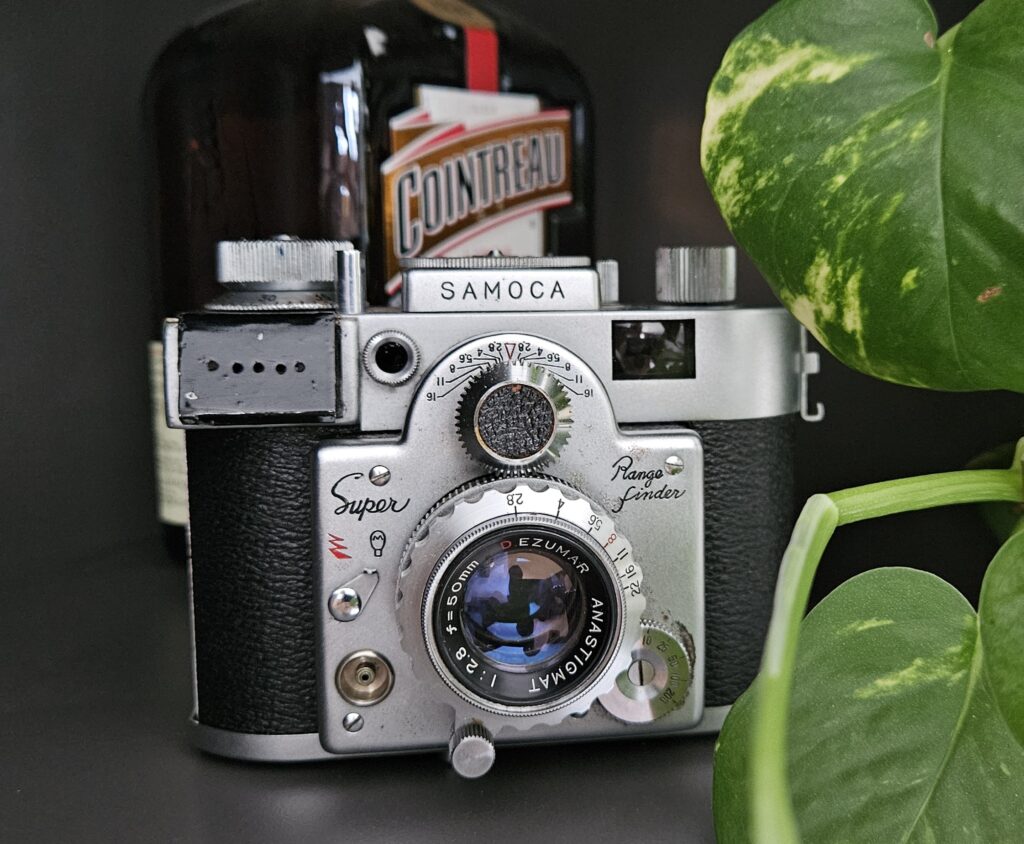
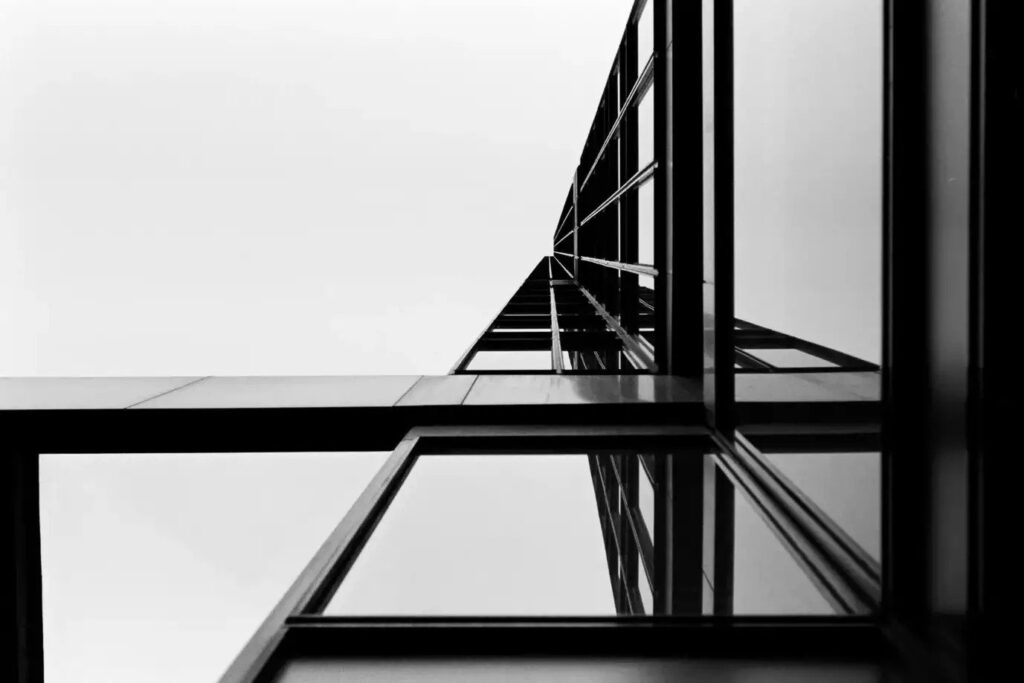
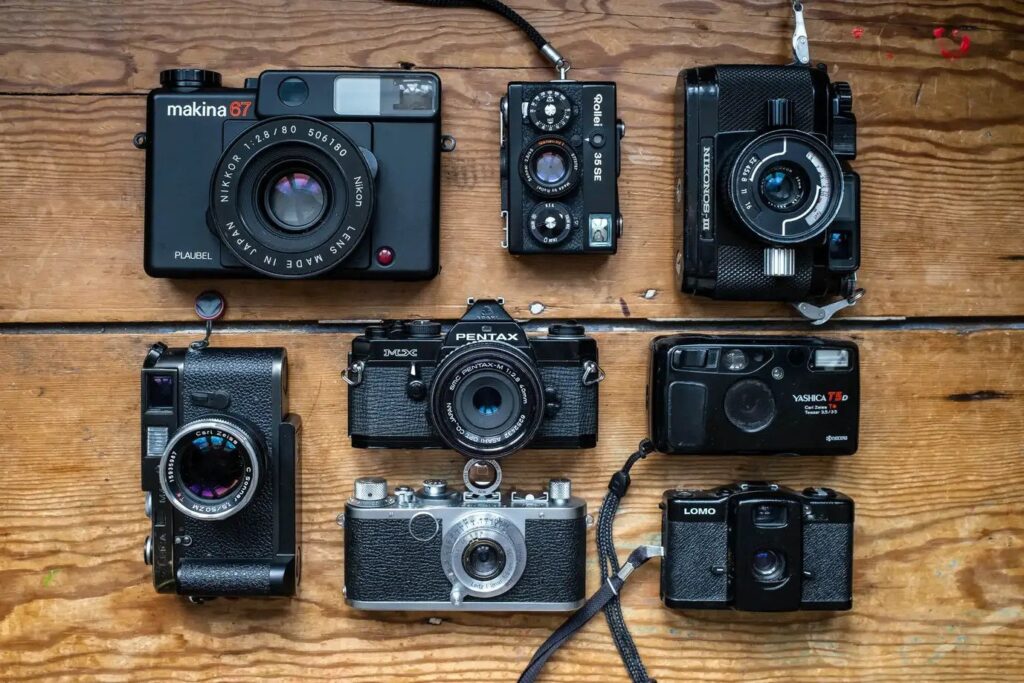
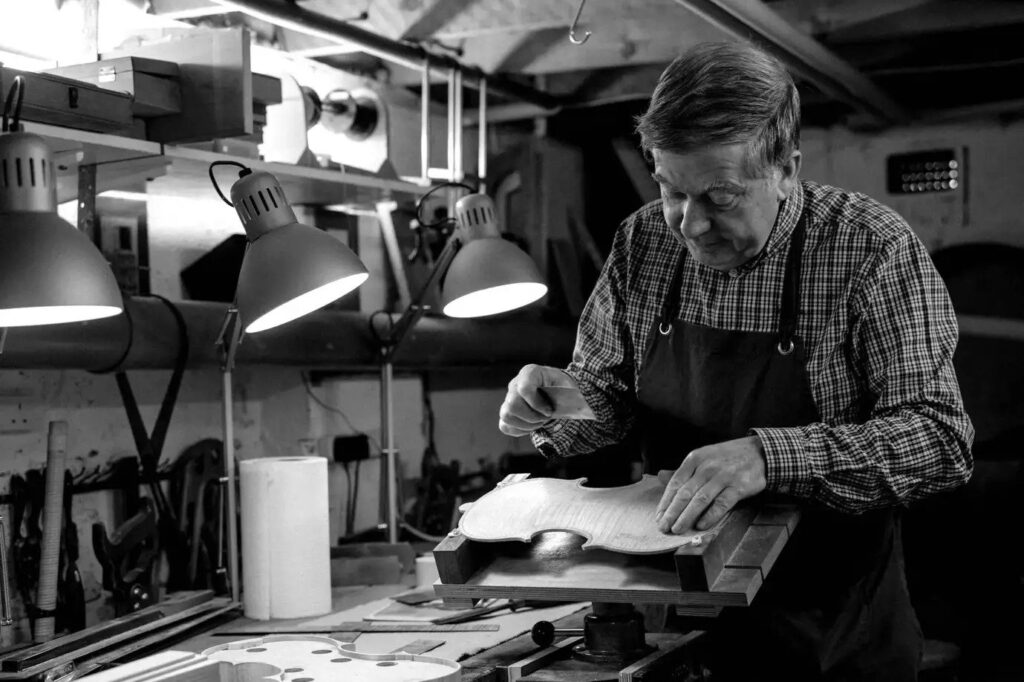
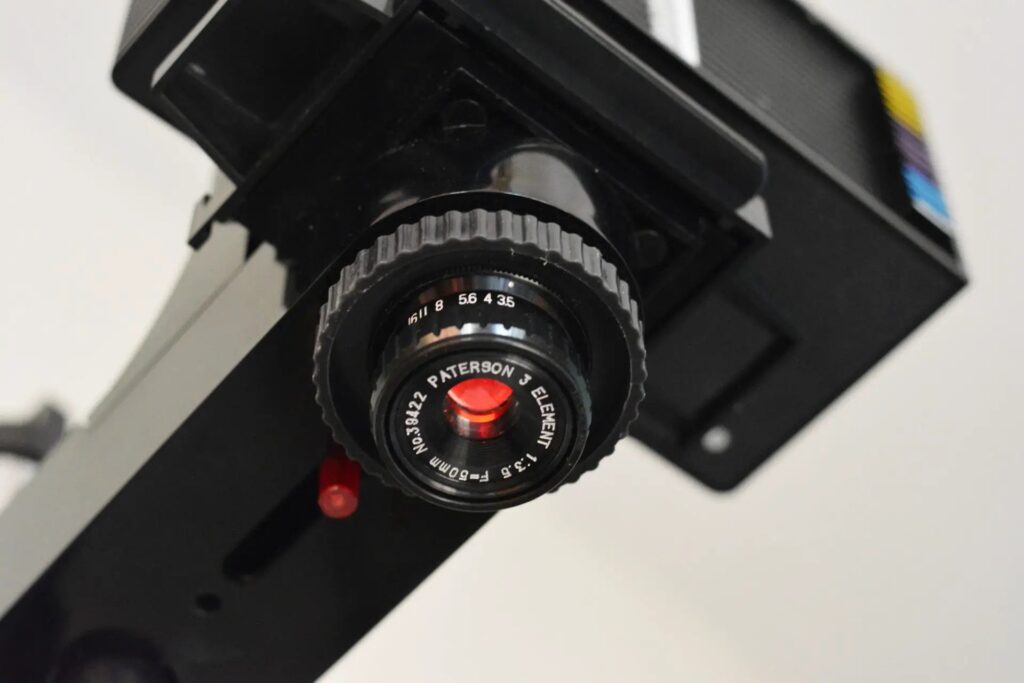
Comments
Aadi on First roll with the Leica M3
Comment posted: 21/01/2015
Long time reader, first time commenter :)
I think the yellow tint probably has more to do with the film, than the lens. Fuji Superia films (which have a "4th layer") might better under artificial lighting.
I might be wrong though :D
-Aadi
Comment posted: 21/01/2015
Comment posted: 21/01/2015
Comment posted: 21/01/2015
Comment posted: 21/01/2015
Comment posted: 21/01/2015
Nurzhan on First roll with the Leica M3
Comment posted: 22/01/2015
Comment posted: 22/01/2015
Comment posted: 22/01/2015
Comment posted: 22/01/2015
Comment posted: 22/01/2015
Comment posted: 22/01/2015
Rob on First roll with the Leica M3
Comment posted: 22/01/2015
Comment posted: 22/01/2015
JoyG on First roll with the Leica M3
Comment posted: 30/01/2015
Lovely post and lovely response to regarding d&ps. I was caught up in finding the best lab, till i found it was rather expensive and my photos don't really warrant that level of expertise. I should practice on composition, and the craft of film photography. I always wanted to stop worrying about, and your words are like a 'blessing'.
Cheers and keep writing this really nice blog.
JG
Comment posted: 30/01/2015
Ray on First roll with the Leica M3
Comment posted: 11/02/2015
Comment posted: 11/02/2015
Comment posted: 11/02/2015
Comment posted: 11/02/2015
First roll Leica M2 and a recently serviced 50mm 1.5 Summarit on First roll with the Leica M3
Comment posted: 08/04/2015
Reed on First roll with the Leica M3
Comment posted: 15/04/2015
I have a very nice Summarit 50/1.5 with no scratches but some haze. Who did the cleaning for you? I'veheld off getting mine serviced because the coating is supposedly very easy to scratch on these.
Reed
DMC-365.blogspot.com
Comment posted: 15/04/2015